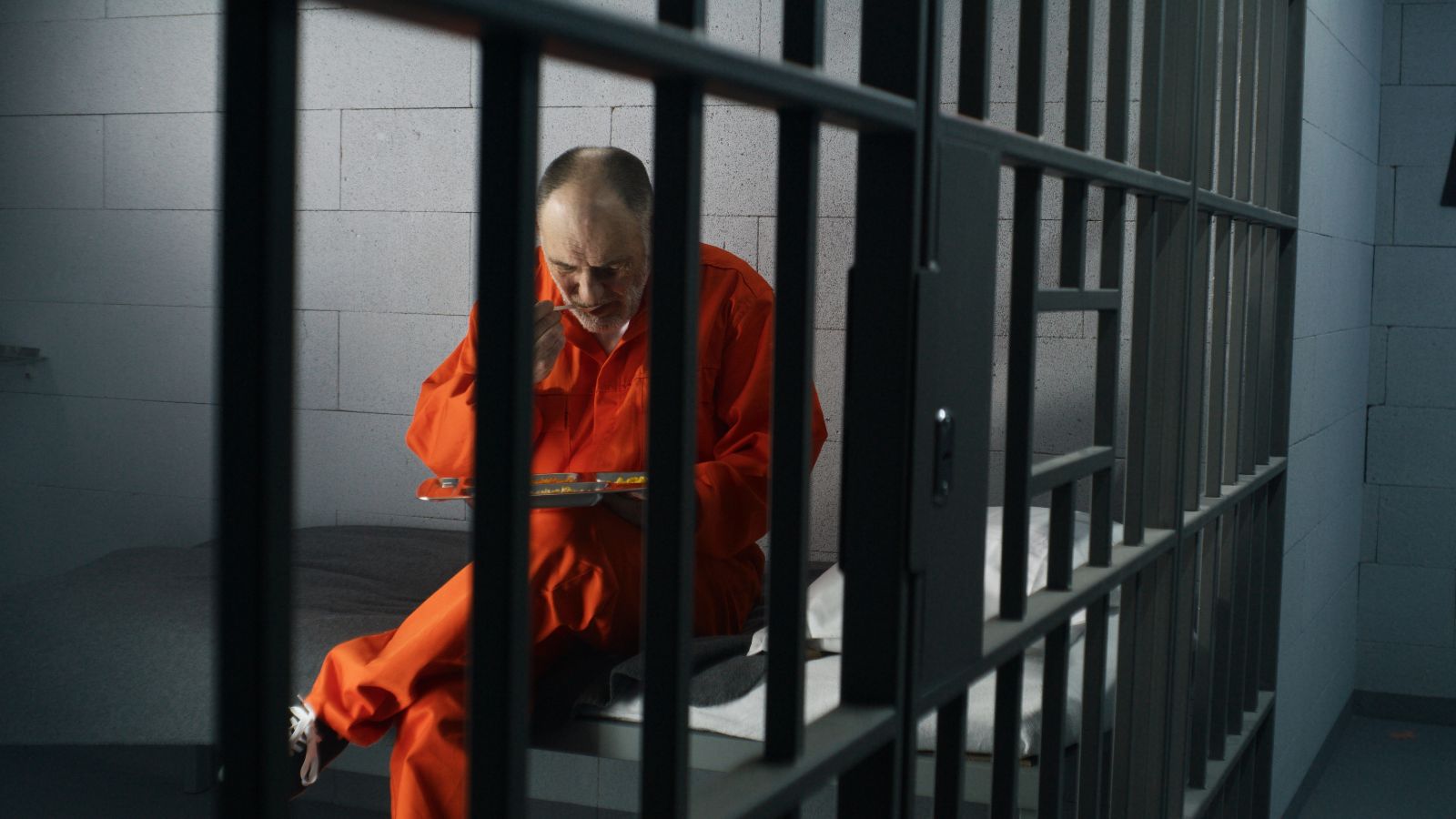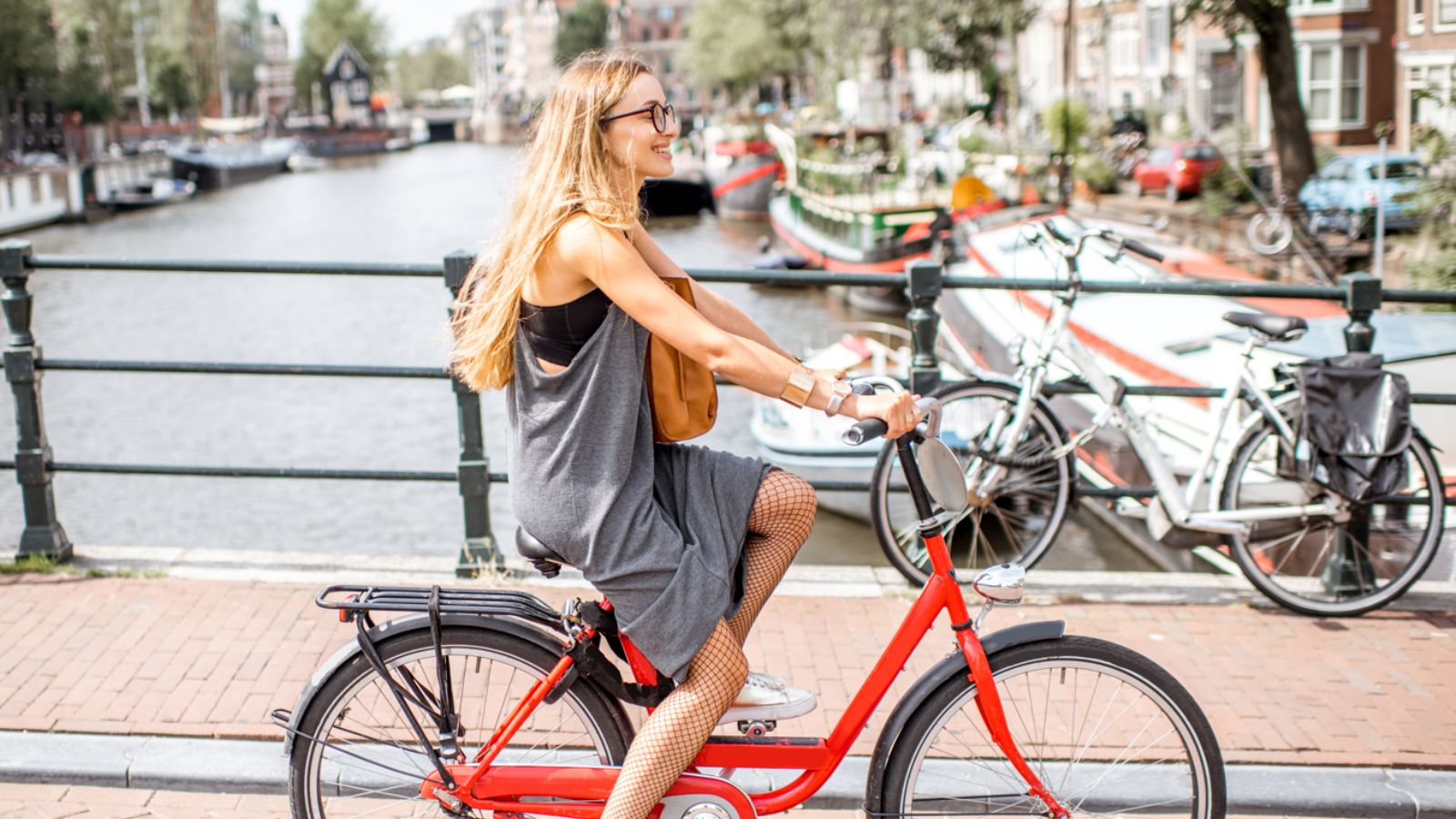Europe and America are separated by the Atlantic, but it isn’t just the ocean that keeps them apart. They have many different cultures, traditions, beliefs, and more. Here are 19 things that are normal in Europe but not in America.
Public Transportation

Europe encourages the public to take other modes of transportation instead of using their cars. They’re heavy on using public transportation or even cycling or walking to work. This allows the roads to be less congested, particularly during rush hours, and is also better for the environment.
Health Care Accessibility

According to BeKey, an average of 70% of Europeans are satisfied with the healthcare they receive, compared to just 23% of Americans. This is partly due to healthcare being more accessible in Europe, as all citizens can use it without incurring high costs or insurance premiums.
Cultural Diversity and Multilingualism

Having so many different countries in Europe means there are more languages and diverse cultures. Along with this, Europe is also well known for accepting immigrants and refugees into its system. Some of these immigrants aren’t just from other European countries but also from other continents, which allows Europe’s culture to keep growing.
Education Systems

European education can be a lot cheaper when compared to American education, and in some cases, it’s free. Europe also offers extensive vocational education to perfect skills for trades such as plumbers or electricians, while also providing traditional academics. American students sometimes even travel to Europe to further their education.
Work-Life Balance

The work-life balance in Europe is seen as very positive. Many Europeans benefit from extensive holiday pay and parental leave compared to Americans. Working hours can be higher in America, along with the expectation of overtime. Europe prefers to prioritize leisure time for their health and well-being.
Food Culture

Americans prefer to pick quantity with bigger portion sizes compared to Europeans, who prefer quality. As mentioned by Volunteer Card, Europeans value farmer’s markets to source locally grown fresh produce. Americans eat highly processed foods that include excess sugar and contain less fiber.
Gun Control and Crime Rates

Europe has stricter laws when it comes to being in possession of a firearm. Due to limited access to firearms, Europe has lower rates of gun-related violence compared to America. Europe also focuses on social welfare programs to address the root causes of crimes.
Election Systems

Europe sees a higher amount of public voting when it comes to elections compared to America. Europe is open to working together and will sometimes see multi-party political systems in place to improve a country. European politicians are often paid less compared to Americans, which can show they have more passion for improving their country.
Environmental Sustainability

Europe is heavily focused on improving the environment. This begins at the very top with government policies that are in place to preserve natural resources and help combat climate change. Europeans have implemented renewable energy sources and are also reducing waste and recycling where possible.
Urban Planning and Architecture

Europe has taken great consideration into designing its cities and towns. Many places have been designed with easy walking routes and pedestrian zones, along with many public spaces, such as parks and play areas. There is also a vast amount of architectural history that has been rightly preserved.
Drinking Culture and Alcohol Laws

Europe’s drinking culture differs drastically from America’s. The Odyssey Online writes that it’s common for children to have a glass of wine with their dinner, which differs from America, where teenagers are likely to binge drink. Not only this, but Europe also has a heavy tradition of socializing with alcohol in pubs and cafés.
Public Nudity and Body Positivity

Europe is well known for its non-sexual public nudity. Across many countries in Europe, you will find nudist beaches and parks where people go to relax and enjoy themselves in nature. European media also plays its part by promoting body positivity and expressing the art of self-acceptance and diversity.
Criminal Justice

Europe differs drastically when it comes to criminal justice in comparison to America. Europe prides itself on focusing on the rehabilitation process of its prisoners to help them adapt back to the real world and reduce the chance of repeat offenses. In some countries in Europe, they try to prevent imprisonment through the use of community service.
Attitudes Toward Work and Career

It is often viewed that Europeans have a different outlook on work compared to Americans, who can be seen as more career-driven. Europeans value a work-life balance and are more focused on being satisfied with their jobs than chasing a career that would affect their happiness.
Al Fresco Dining

Al fresco dining is much more common in Europe than it is in America. Most Europeans prefer to opt for eating outside in cafés and restaurants, regardless of the weather. You will often see many Europeans sitting under an outdoor heater or wrapped in a blanket if the weather is not favorable.
Higher Dependence on Cash Transactions

Europe seems to have taken a slower approach to digital payments. The European Central Bank confirms, “More than half of all day-to-day transactions in shops, restaurants, etc., are made using coins and banknotes.” This makes cash the most frequently used means of payment across the continent.
Relaxed Timekeeping

Often, across Europe, people take a far more laid-back approach to timekeeping. This can take some getting used to for non-native Europeans when visiting the continent. You may find that public transportation does not arrive on time or that the service is slower in hospitality settings.
Quieter Sundays

When visiting Europe, you may find that many places are closed on Sundays. This can come as a shock to many tourists who have traveled from other continents. Sundays are seen as the day of rest and often places such as supermarkets are closed for the day.
Outdoor Markets

When visiting European towns and cities, you will often stumble across some form of market. A wide range of markets are popular in Europe, providing the opportunity to purchase a variety of items, from arts and crafts to fresh food. These markets are often open weekly for consumers to shop at.
Read More: 17 Fairy Tales That Are Now Considered Racist

While fairy tales weave magical narratives that span generations, many emerge from historical and cultural contexts tinged with biases. Hiding in many of these tales, racial undertones can be found. Let’s look at 17 fairy tales that have deeper implications.
17 Fairy Tales That Are Now Considered Racist
18 Misunderstood Acts The Bible Says Aren’t Actually Sins

People tend to assume that the Bible condemns a wide array of behaviors, but the reality might surprise you. Here, we zoom in on 18 so-called “sins” that may not be as bad as we thought.
18 Misunderstood Acts The Bible Says Aren’t Actually Sins
The Boomers Called It: 19 Stupid Trends That Backfired

Sometimes, we get carried away with trends that we think are cool at the time, only to realize later how utterly ridiculous they were. Join us as we take a cringe-worthy trip down memory lane and explore 19 stupid trends that backfired. Prepare for some facepalms!
The Boomers Called It: 19 Stupid Trends That Backfired
21 Things That Will Be Lost Forever When The Boomer Generation is Gone

Baby boomers grew up in a vastly different culture, so they have what younger generations consider strange habits. An internet survey recently asked, “What will die with boomers?” Here are the top 22 answers.
21 Things That Will Be Lost Forever When The Boomer Generation is Gone
18 Things You’re Far Too Old To Be Doing Anymore

As we grow older, it’s a great time to reevaluate our choices and habits. In this article, we’ll explore 18 things you may still be doing even though you may be too old.

